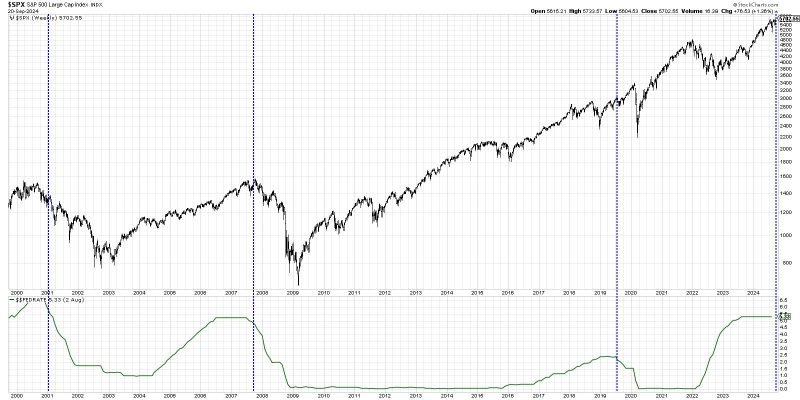
Bulls vs. Bears: Uncovering the Impact of Rate Cuts on Stock Performance
In the realm of financial markets, the impact of rate cuts on stock performance is a discussion that often stirs up vigorous debate among investors and analysts alike. While some view rate cuts as a bullish catalyst that spurs a rally in stock prices, others remain skeptical about the long-term implications of such monetary policy decisions. To gain a deeper understanding of this complex interplay between rate cuts and stock market performance, it is essential to delve into the various factors at play.
Historically, rate cuts by central banks have been perceived as a positive measure to stimulate economic growth and boost investor confidence. Lower interest rates can reduce the cost of borrowing, making it cheaper for businesses and consumers to access credit. This, in turn, can lead to increased investments in capital projects, expansion of businesses, and higher consumer spending – all of which are conducive to a thriving stock market.
However, the relationship between rate cuts and stock performance is not always straightforward. Market participants need to consider the broader economic context within which these rate cuts are introduced. For instance, during times of economic uncertainty or recession, rate cuts may be interpreted as a signal of underlying weakness in the economy. In such scenarios, the initial positive reaction of the stock market to rate cuts may be short-lived, as investors start to assess the underlying risks and uncertainties that prompted the central bank to take such measures.
Moreover, the effectiveness of rate cuts in driving stock prices higher can be influenced by external factors such as geopolitical events, trade tensions, and global economic conditions. For example, if a rate cut is overshadowed by escalating trade conflicts or geopolitical instability, the impact on stock performance may be muted or short-lived, as investors shift their focus to the broader macroeconomic environment.
Another consideration when evaluating the impact of rate cuts on stock performance is the potential for market expectations to be already priced in. In anticipation of a rate cut, investors may have already adjusted their portfolios and positioned themselves accordingly, leading to a scenario where the actual rate cut has little additional impact on stock prices.
In conclusion, while rate cuts can have a significant impact on stock performance in the short term, their long-term implications are contingent on a multitude of factors. Investors and analysts need to adopt a holistic approach that considers the broader economic landscape, global trends, and market expectations when assessing the effects of rate cuts on stock prices. By staying informed and attuned to these multifaceted dynamics, market participants can better navigate the complex relationship between rate cuts and stock market performance.
